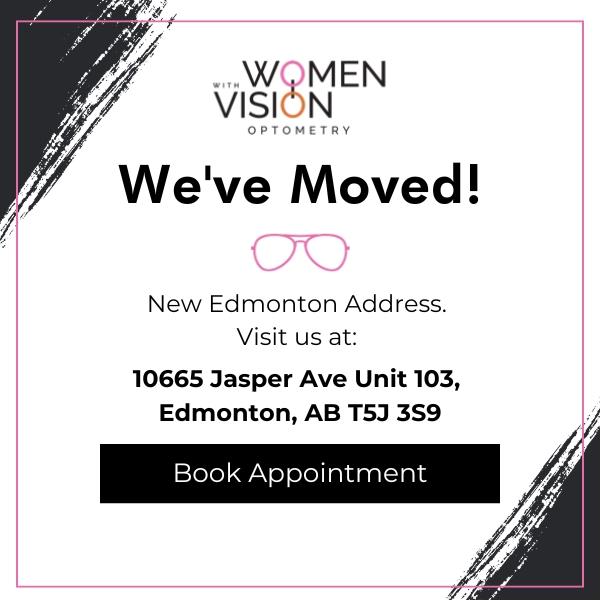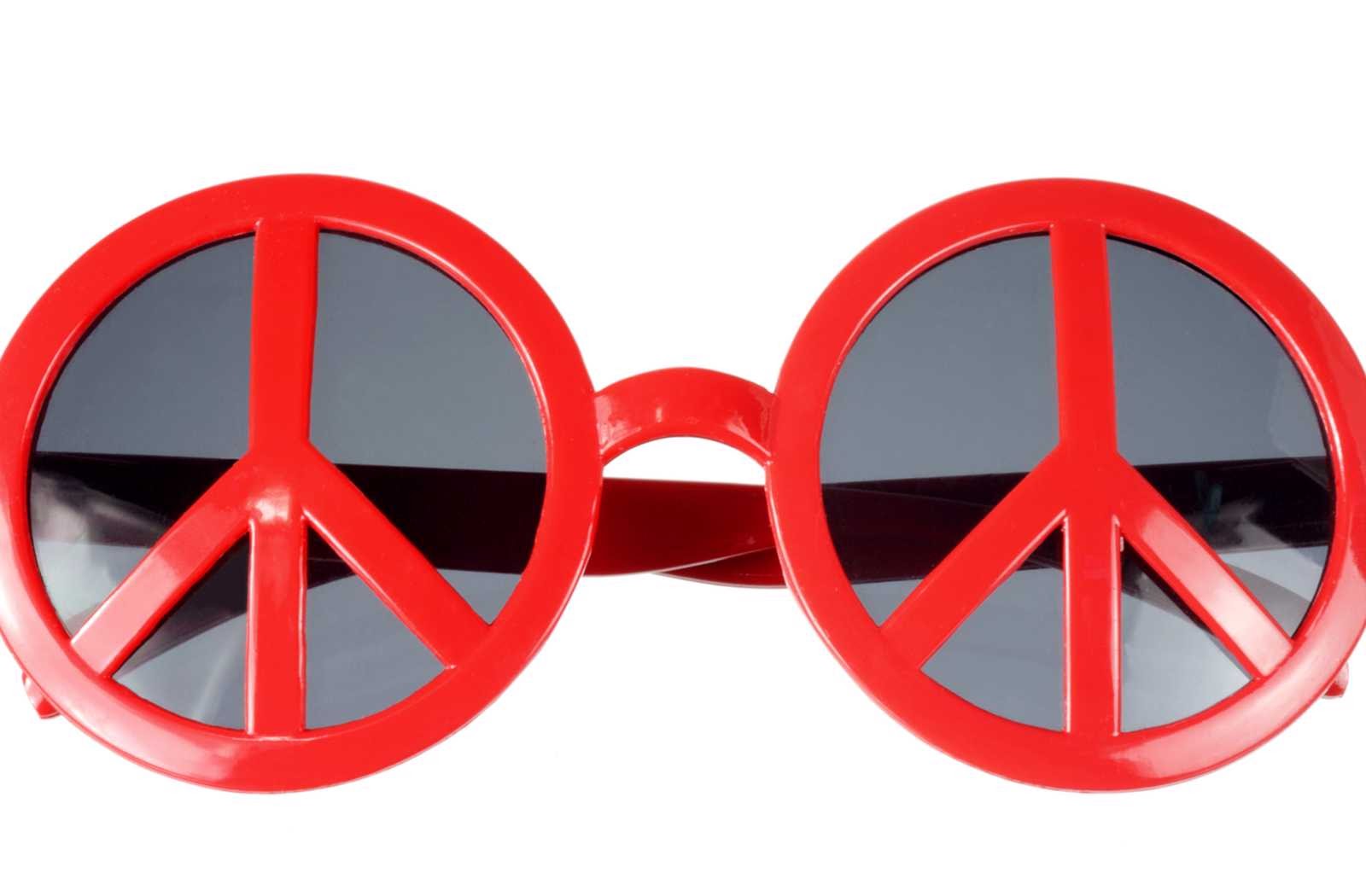There’s more than meets the eye when it comes to sunglasses. Style or the discomfort when it’s too bright outside might both get you moving toward the convenience store’s sunglasses rack. But having sunglasses that protect your eyes is much more important than having a quick reduction in brightness (or a quick boost to your style).
Sunglasses that cost a few dollars often come with no guarantees, meaning you might be at increased risk for eye disease later in life — if cheap sunglasses are all you ever wear!
Why Wear Sunglasses at All?
Some of sunlight’s more dangerous, high energy radiation hits Earth hard, including ultraviolet light (UV). Regular eye exposure to UV rays can lead to age-related cataracts, macular degeneration, and abnormal growths on the eye. Sunglasses represent the first and last line of defence against this hazard for many people.
Ultraviolet Light
UV light comes in 3 subtypes: UV types A, B, and C.
UVC is a very short wavelength, so it carries many times more energy than visible light. Its high potential is quite harmful to biological cells. Because of that, it’s found a commercial application in destroying microorganisms for air filtration. What’s more, the effect on the sensitive tissues in your eyes can be similar. But Earth’s ozone layer (if undisturbed) catches all UVC before it can reach the surface.
UVB and the slightly longer wavelength, UVA, still make it to Earth’s surface, and these are the types of UV light that make trouble for people most often. About 95% of UVA reaches the Earth’s surface compared with about 5% of UVB light. But because of the difference in energy levels, that 5% UVB presents much more than 5% of the danger.
Cumulative Damage
The world health organization estimates that 80% of lifetime UV damage accumulates before the age of 18. This statistic probably owes to the habits of children playing outdoors and their clearer ocular lenses. Given that children often lose things, and parents don’t know the risks, they might not be out there playing with proper eye protection at all, cheap or expensive. But kids need good sunglasses nonetheless.
Whether you’re a child or an adult, it’s critical to avoid as much of this hidden danger as you can. Protection requires constant use. If you’re exposed to daylight, you should wear quality sunglasses, even when it’s cloudy! It’s a myth that UV rays can’t penetrate cloud cover.
High Energy Visible Light Hazards
The upper spectrum of visible light, especially violet light and blue light, is called high energy visible (HEV) light. There might be damage with overexposure. That means sunglasses can help, depending on their quality. The sun is your primary source of blue light, making up 55% of the average person’s total HEV exposure.
HEV high energy light hasn’t been 100% confirmed as a danger to your eye health. In case there is a hazard, manufacturers have made clearer lens eyeglasses that filter HEV, especially blue light. But it’s not clear that this kind of eyewear filtration has become necessary for optimizing your eye health. Wearing quality sunglasses will significantly reduce your exposure to HEV light if it is actually a concern because sunlight is a primary source.
Cheap Sunglasses Versus Quality Sunglasses
Quality sunglasses are built to filter the dangerous or potentially dangerous high energy radiation like UVB, UVA, and HEV content in sunlight. They’re also built to maximize comfort, so your eye muscles aren’t straining with excess light. And to top it off, they’re durable, so they can protect you for more extended periods.
Cheap sunglasses can be cheap for various reasons, but in all likelihood, they’re cheap because the manufacturers cut corners making them. Thoroughly screening out harmful radiation, reducing glare, and being made to last takes more money than a low price tag can guarantee.
There are a handful of key considerations to look for before you fork over for a pair of sunglasses, no matter the cost. Naturally, we recommend quality features for health benefits.
Lens Quality
Lenses are where the protective element comes in the strongest. Any manufacturer can cut corners on production all they want. Still, they have to let you know when their protection is complete.
UV Protection
To provide long term UV protection, decent enough sunglasses prominently display labels indicating 99-100% UVA and 99-100% UVB screening. Without that mark, they won’t give you the protection you need, and they can grant a false sense of security. 100% UVB protection becomes increasingly important the more time you spend in direct sunlight. Have a keen eye out for the UV protection level. If you do go for cheaper sunglasses, don’t settle for less.
Tint
Check how dark the sunglasses are. For direct sunlight, you’ll need something that screens 75-90% visible light. A high enough tint will offset HEV light, so try these before you go for blue light filtering eyeglasses. Visible light filtration isn’t always quantified on the label, so you might have to ask for more information. Cheap sunglasses might not filter enough visible light.
Colour
Sunglasses that provide proper protection can come in a lot of different colours. Cheap, novelty sunglasses can provide an unusual colour, like pink or purple. But for extended wear outdoors, grey, brown, and green are a better choice. These “big 3” colours present unique advantages and disadvantages, so it depends on the person and their eyes.
- Grey: best for people with significant light sensitivity, and they’re also great for enhancing the richness of colours and intensity of contrast. Good for watersports.
- Brown: has the lowest impact on colour representation, and these lenses are suitable for changing light conditions. They have high colour contrast for long-distance activities. Good for hiking.
- Green: exceptional colour precision and contrast, as well as better depth perception in sunny and low-light. Good for golfing.
Polarization
Polarization effectively diffuses the kind of glare you can from roads or reflective surfaces like water. The secret lies in aligning tinting molecules so that some light evenly passes through, while the rest is absorbed. Cheap sunglasses are seldom polarized, which is a shame because it can help minimize eye strain.
Frames
Frames factor into how much protection your eyes can get. Novelty sunglasses with unique frame shapes might not provide enough coverage compared to prescription glasses. Frame fit is very important for keeping unfiltered sunlight out of your ocular lenses.
Some prefer a prescription pair of sunglasses on eyeglass frames. The fit is designed to cover the most sensitive tissues in your eyes, but it can vary. Your optometrist can weigh in on the coverage level provided by certain frames if you’re not sure.
If worn snugly, wraparound sunglasses offer the most protection. It’s always an option to trade out prescription sunglasses for contact lenses and a non-prescription, quality pair of 100% UVA/UVB protected wraparound sunglasses. This look is still pretty stylish.
If you think your quality sunglasses are cooler than some cheap ones you just passed on a discount rack, you might not be tempted to sacrifice UV protection for style!
Quality Over Price
When in doubt, your optician can help you interpret the labels on a pair of sunglasses and give you information that you might not even know to seek. Prioritizing protection and durability will go a long way in keeping your eyes healthy. And please check those labels before you buy!



